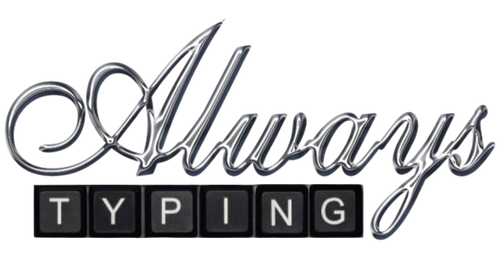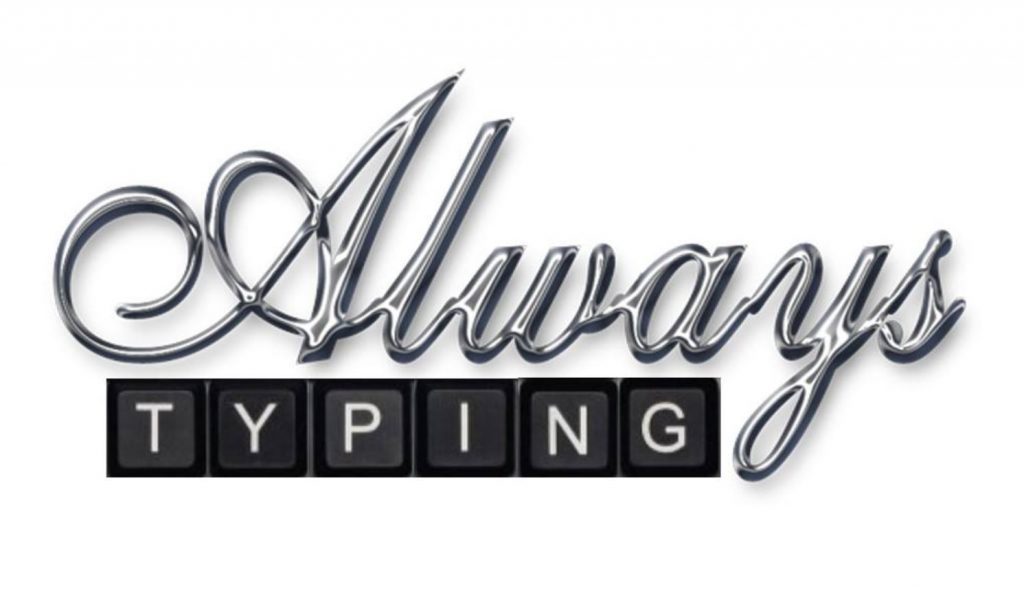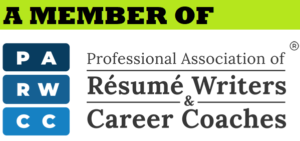Did you know the average job search takes at least five months? You can keep your efforts focused and organized by defining your target jobs and companies.
The job search doesn’t have to be as painful as some make it. In fact, if your job search feels like a full-time job, you’re doing it wrong. Below, you’ll learn how to create a targeted career list so you know exactly what to apply for and which companies you want to work with.
Table of Contents
ToggleBenefits of Creating a Targeted Career List
Oftentimes, job seekers are distressed after being laid off or terminated, so organizing the job search is the last thing on their minds. Some have been searching for so long that they get discouraged and lose motivation.
While both of these situations are understandable, it’s important you don’t let these factors impact your job search. With a little planning and organization, you can make sure your time is spent wisely. Other benefits of creating a list of target jobs and companies include:
-
- A more efficient job search
-
- Only apply for jobs that interest you
-
- Clearly defined career goals
-
- Higher levels of motivation
-
- Thoroughly researched companies
-
- Saved time and effort
How to Create a List of Target Jobs and Companies
One look at Indeed or LinkedIn and the millions of companies listed will leave the most organized person overwhelmed. So, don’t worry. It is much easier than that. We’ll outline how to create a list below:
Identify Companies With Job Opportunities in Your Area
If you want to work at a company with an on-site or hybrid working model, you need to start by identifying potential companies in your geographic area. You can search for companies in the area on Google or type in your zip code on one of the job search sites to get an extensive list.
If you are looking for a remote opportunity, then the job search pool just became an ocean. The possibilities are endless for remote workers. That’s why the following points are critical for remote job seekers to streamline their job search.
It’s okay if the list seems very long at first. You will eventually narrow it down as you research companies and speak to your network.
Leverage Your Network
Your network is a tool that is likely underused. When you consider all of the people you know from your job (coworkers, bosses, vendors, customers), you have the entire world at your disposal. Many people know about jobs that will be open before they are publicly announced, meaning you could be ahead of the competition.
So, speak to your network. Put your feelers out and let those you are closest to know that you are looking. Not only can this help you to find target jobs, but it can also be an asset if you do apply to these jobs. You have someone on the inside who can vouch for you!
While you’re at it, you could actively work to expand your network during your job search. It’s a great time to forge new relationships that can help you advance your career.
Review Current Industry Contacts
If you don’t have a non-compete agreement and are looking for positions in your current industry, your contacts are a great resource. These contacts can range from vendors and suppliers to customers. Your customers have worked with you and know what an asset you are to an organization. If you have a strong relationship with your customers, you should ask them to let you know of any job opportunities.
Talk to Current or Previous Coworkers
Your direct coworkers know what kind of worker you are and are likely in the same types of roles you want to apply for. And those coworkers that you have a solid relationship with can put in a few positive words for you to the hiring manager.
Target Careers Based On Interests and Passions
If you want to break your career list down even further, you should look at the companies that fuel your interests and passions. No one wants to work at a job that they dread each day. So, look at what intrigues you. What kind of roles will keep you on your toes and excited to go to work each day? Those are the companies you want to apply to.
Search LinkedIn
LinkedIn is one of the best tools for job seekers. The platform allows you to research companies, apply for jobs, connect with your network, and more. Once you have a list of potential companies, you should head to LinkedIn to discover more about them. You can learn the company’s size, see recent news, read articles from thought leaders, and view available positions.
Don’t Forget Company Websites
As you can imagine, there is a wealth of information on company websites. If you are one of the few who know exactly which company or company type you want to work for, take a gander at their site. It’s always better to apply for roles directly with the company when possible. While you’re there, check out what they have going on and try to find out who the hiring managers are.
Also, look at any team website pages they have to see if there are referral programs. If so, you can reach out to staff members on LinkedIn to talk to them about your desire to work at the company and see if they’ll refer you. Often those referrals get the employees some type of bonus. So, you’re not reaching for the stars in asking.
Protect yourself
Don’t allow desperation for a job to guide your decisions when making your job and company target lists. If the company has bad reviews from employees (check out Glassdoor) or a lot of customer complaints (look at their Better Business Bureau), it’s a good idea to mark them off your list. You don’t want to get stuck somewhere you hate.
Prepare Your Resume for Your Job Search
Now you know how to create a list of target jobs and companies. Your job search will be more organized and go much more smoothly with this strategy. Before you start your search, have you made sure your resume is application-ready?
Always Typing Resumes has extensive experience helping job seekers just like you land the job of their dreams. While you are organizing your list, allow us to update your resume so it’s ATS optimized and will catch recruiters’ eyes.
There are resume packages available for every stage of your career.




